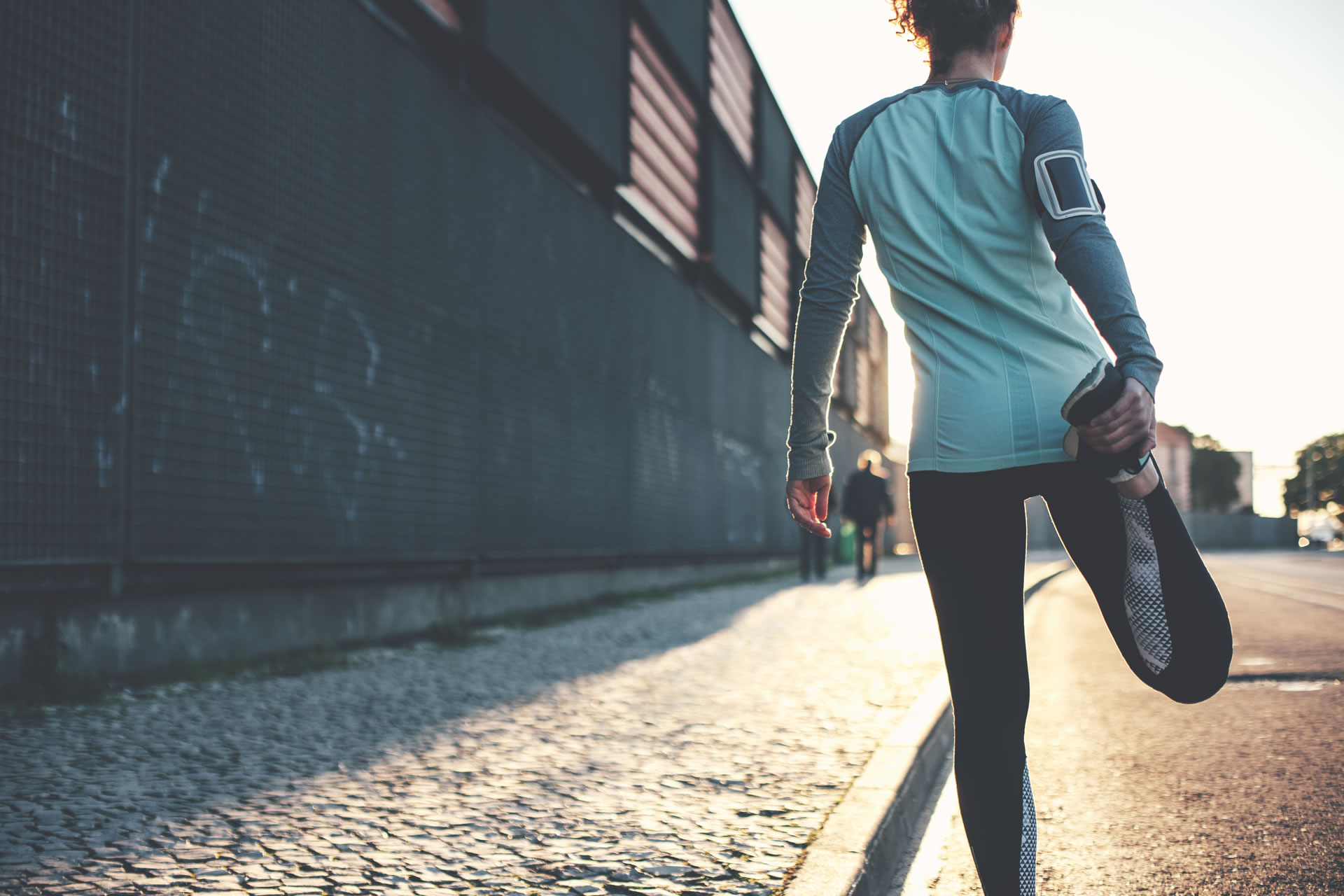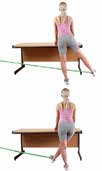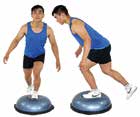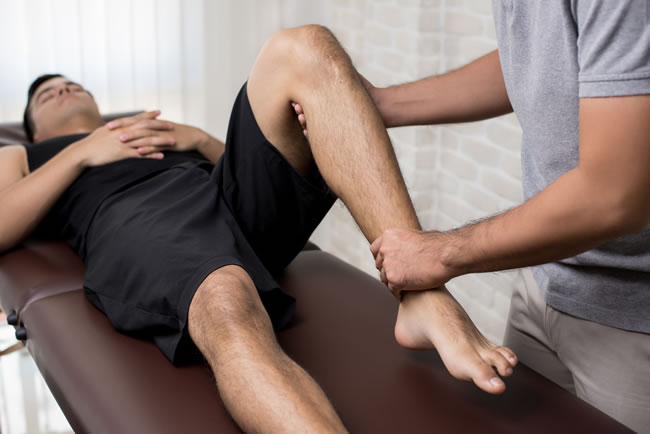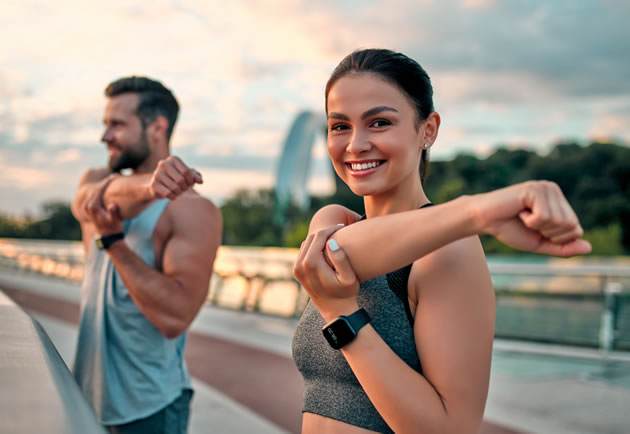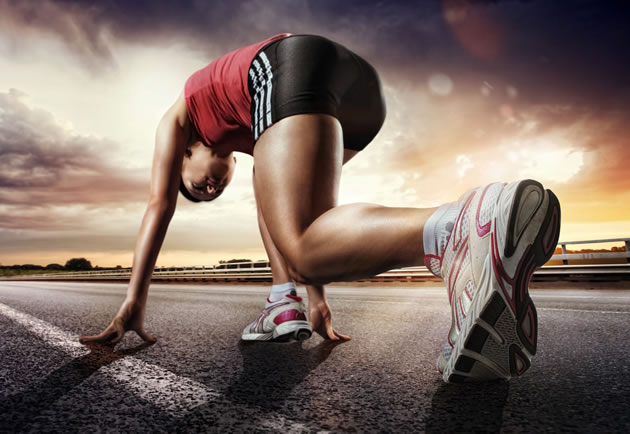MEDIAL TIBIAL STRESS SYNDROME (SHIN SPLINTS) IN RUNNERS
THE INJURY
Shin splints or shin pain is clinically referred to as medial-tibial stress syndrome (MTSS). It is an umbrella term that often refers to a number of issues involving pain in the shin area. At their worst, shin splints can turn into a stress fracture along the tibia, and searing pain will be felt with every stride. In less severe cases, the muscles and tendons in the shin area may be tender and inflamed, or even develop micro tears near their attachment to the tibia (shin bone); often pain lessens a few miles into the run and builds up again towards the end of a run or afterwards. Either way, shin pain is a surefire way to make your running experience markedly unenjoyable and accounts for approximately 15% of running injuries.
THE SYMPTOMS
- Pain along the front and medial (inner) side of the tibia (shin bone).
- Mild cases – pain after running.
- Moderate cases – pain on impact as foot strikes the ground.
- Severe cases – pain standing or just walking without any impact.
- Pain on palpation along the inside edge of the tibia. Pain when squeezing/compressing the calf muscle and anterior shin together.
THE CAUSES
Shin pain can most often be traced back to a sudden spike in training volume and intensity. Recent studies indicate the trauma isn’t caused by the direct contact of muscles attaching to the bone. Instead, it happens from the slight bend that occurs during activity in a stress-loaded bone. As your tibia and surrounding muscles strengthen with repeated high-impact activity, the chance of shin splints lessens. Hence why shin splints are more common in those just starting or returning to a running programme.
They are also a sign you could be wearing the wrong shoe or worn out shoes. Running on hard surfaces also increases your risk of developing shin splints. A high BMI and being female are added risk factors for shin splints.
THE FIX
When the first twinges of pain strike, reduce your running to a comfortable level for a few days to a week, then slowly increase your mileage using the 5-10% rule (no more than a 10% increase per week). Cross train with cycling, pool running, and swimming.
Include:
- Rest, ice, and ibuprofen (non-steroidal anti-inflammatories) to ease the pain.
- Taping the shin can relieve pain and speed healing. Taping or bracing provides compression to aid relief, but also stabilises the ankle so the shin muscles don’t have to work so hard to support your leg.
- Physical therapy including mobilisation, massage, and acupuncture can all promote tissue healing and mobilise surrounding tight structures.
- Provided you are pain free when performing exercises, you should do flexibility/mobility activities for your ankle, calf and hip. Followed by strengthening exercises for the entire leg which may include squats, bridging and balance activities.
THE PREVENTION
The easiest and best way to avoid shin splints is to increase mileage gradually, and mix your training surfaces from concrete or asphalt to grass or trails. If you have high arches and a rigid foot then you may need shoes with added support and cushioning. Work towards having good mobility and stability, not just throughout your ankle and lower leg, but in your entire body. Strength with mobility means the entire kinetic chain can work together for maximum running efficiency, so take the time to do strengthening exercises daily. Remember a dynamic warm up before a run may prepare better your body for the impact
of running.
MEDIAL TIBIAL STRESS SYNDROME REHAB
YOUR REHABILITATION PROGRAMME
This programme has specific exercises for shin splints. You want to strengthen the calf muscles while maintaining good mobility. It is essential to strengthen your entire lower limb from your pelvis, hips, core and quads. It is important to ensure the exercises are performed with good technique and good postural control. Make sure to repeat the same number of exercises on both legs. Make sure you are always pain-free and take care not to progress too quickly. We have given suggested sets and repetitions, and the exercise routine should be performed twice a day. Remember everyone is different so your
WARM UP AND COOL DOWN
If muscles are tight, weak or injured, it is particularly important to warm up (unless advised otherwise by your practitioner) with a brisk walk or a gentle jog at a pain-free pace for 5 minutes before you start your
exercises. This increases your circulation and helps prepare the muscles for the activity to come. When you have finished your exercises, end the session with a 5 minute gentle walk or slow jog to allow your heart rate to slow down gradually.
LEG SWING SIDE BAND
Attach an exercise band to your ankle. Swing your leg to one side, and then the other, in a controlled way. This exercise mobilises a stiff hip joint, and strengthens the lateral gluteal muscles.
Repeat 12 times | Perform both sides
Video: http://youtu.be/7DXVi53ktPQ
CALF RAISES ONE LEG
Step up onto the step, and drive your knee upwards towards the ceiling. Bring your knee back down and foot off the step. You can if you wish progress to going onto tip toes. Slowly, lower yourself down off the step in a controlled movement. This is a strengthening exercise for the calf muscles and lower leg. Repeat one sided, then switch to your other leg.
Repeat 12 times | Perform both sides
Video: http://youtu.be/j-2jowM4JLA
BIG TOE FLEXION BAND
Stand with your toes on the edge of a step or a box, and knees bent slightly. Hold onto something stable for support if required. Drop your heels downwards. You should feel a stretch in the back of your legs, in the lower calf (known as the soleus).
Repeat 3 times | Hold for 30 seconds | Perform both sides
Video: http://youtu.be/O2TIznUwbQw
SUPINE BRIDGE BASIC
Lie flat on your back, with your knees bent, squeeze your bottom muscles and lift your body upwards. Keep your arms by your side and use them to help you balance. Make sure you maintain good posture (do not over-arch your lower back) and contract the deep abdominal muscles by squeezing your stomach towards your spine. This exercise helps to strengthen the abdominal, lower back, gluteal and hamstring muscles. You can progress this by having your toes on the edge of a step.
Repeat 12 times | Hold for 5-10 seconds
Video: http://youtu.be/fK_xUE3OKIE
FULL WALL SQUAT
Open your legs slightly wider than shoulder width, stand with your back resting against a wall, and bend your knees to the full squat position (90 degrees). Make sure you keep the middle of your knee-cap in line with the middle toes of your foot. Always keep your feet flat on the ground, do not let your heels raise from the floor. This exercise will help to strengthen your quadricep muscles,
knee joints and legs. you can progress this to holding the squat and doing calf raises in a squatted position.
Repeat 8 times | Hold for 10 seconds | Perform both sides
Video: http://youtu.be/-X1x3DWoISw
BOSU SQUAT SINGLE LEG
This is a very tough exercise. Stand on a BOSU, and go into a squat position while standing on one leg. Try to maintain good form/technique. Return to the start position. Make sure when you squat you keep the middle of your knee cap in line with the middle toes of your foot. Do not let your knee drift off to one side. Using a BOSU helps improve your balance and strengthens the smaller muscles of the leg. You can progress this by turning the bosu upside-down and repeating the exercise.
Repeat 12 times | Perform both sides
Video: http://youtu.be/HjyjK7jOHPA
The information contained in this article is intended as general guidance and information only and should not be relied upon as a basis for planning individual medical care or as a substitute for specialist medical advice in each individual case. ©Co-Kinetic 2024
Start your journey to a healthier, stronger body today!
RESTORATION
Once we have got you to a stage where you injury is healed, we then give you a rehabilitation programme to restore your strength and enable you to resume your sporting activities.
prevention
Are you currently engaging in sport but worried about getting injured in the future? Why not work with us so we can help get your body strong and supple to minimize any disruption to your exercise routine?

